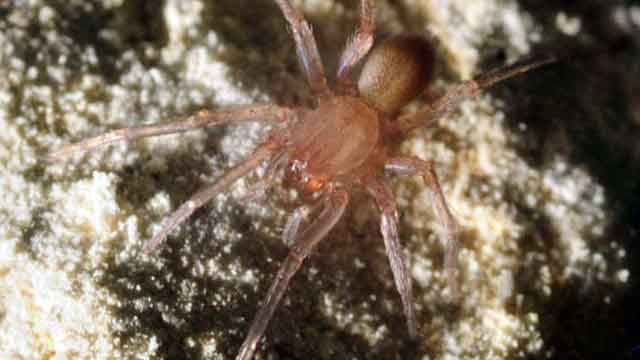- Joined
- Jun 26, 2021
- Messages
- 32
I’d like to chime in here I own multiple Brazilian species and they where obtained from breeders in the states and to be completely honest Ts don’t just sprout from the ground at some point and time they where harvested and introduced into the hobby I feel there is a lot of keepers breeders etc in this hobby that have done a pretty good job stopping the illegal harvesting and selling of endangered species


